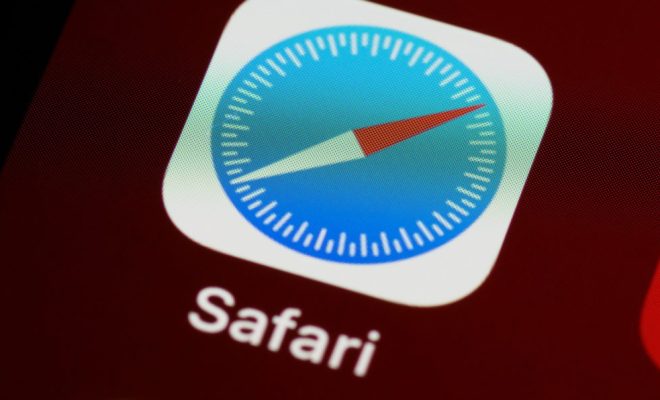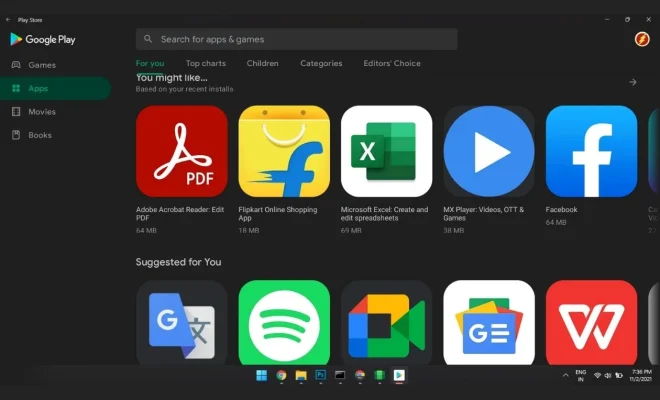What Is Safari?

Safari is a web browser developed by Apple Inc. for use on their devices running Mac OS X and iOS operating systems. It was first introduced in 2003 with the release of Mac OS X Panther and has since become one of the most widely used web browsers on the market.
One of the unique features of Safari is its user interface. The browser is designed to be simple and elegant, with a minimalistic approach that puts more emphasis on the content of a website than on the browser itself. This design philosophy has been carried over to the iOS version of Safari as well, making it a popular choice among iPhone and iPad users.
Safari also boasts a number of advanced features that set it apart from other web browsers. For example, it supports the latest web standards (including HTML5 and CSS3), has built-in privacy and security features, and includes a powerful search functionality that integrates with popular search engines like Google and Bing.
Another unique feature of Safari is the ability to sync bookmarks and browsing history across different devices via iCloud. This allows seamless browsing between a user’s Mac, iPhone, and iPad, and makes it easy to pick up where one left off on a different device.
Safari is also known for its speed and performance. Apple has implemented a number of optimizations that allow Safari to load websites quickly, and the browser has been shown to be faster than competitors like Google Chrome and Mozilla Firefox in many performance tests.
Despite its many strengths, Safari has faced criticism in the past. Some users have complained about its lack of add-ons and extensions, which limit its customization options. Additionally, Safari has been accused of being too closely tied to Apple’s ecosystem, with some users seeing it as a way for the company to lock users into its platform.
Overall, Safari is a powerful and popular web browser that boasts many unique features and advantages. Whether you’re using a Mac or an iOS device, it’s a browser worth considering for its speed, security, and usability.






